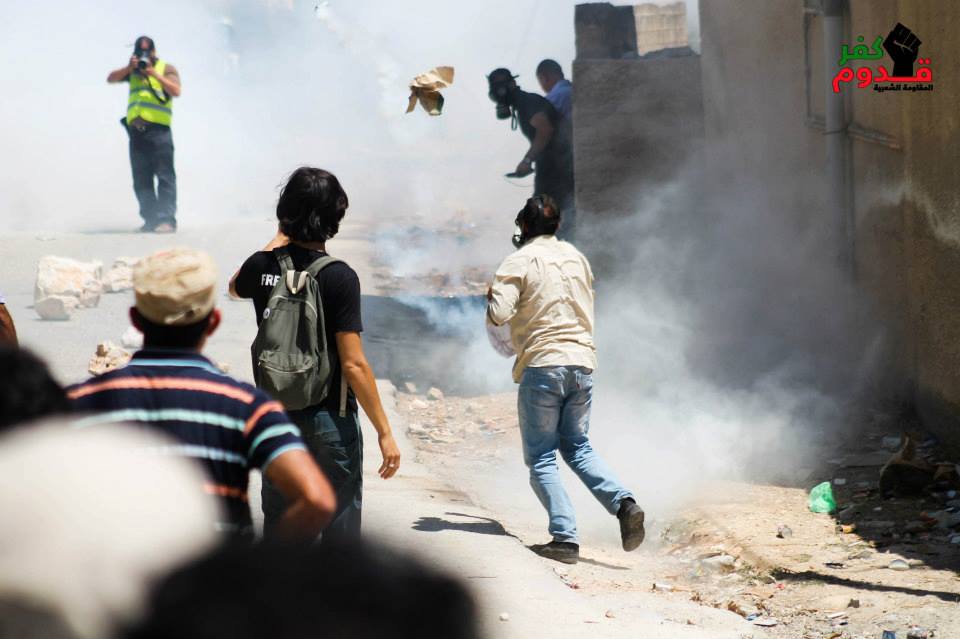Tag: Demonstration
-
Women of Kafr Qaddum: Steadfastness and determination
12th August 2013 | International Solidarity Movement, Nablus Team | Kafr Qaddum, Occupied Palestine In June 2013, a photo depicting Suriah Mahmood from Kafr Qaddum won first prize in a photography compitition in Qatar. International activists met Suriah to talk to her about non violent Palestinian resistance and the village of Kafr Qaddum. The people…
-
Welcome to Palestine: tear gas and coffee
10th August 2013 | International Solidarity Movement, Anna, Nablus Team | Kafr Qaddum, Occupied Palestine I came to Palestine last Tuesday and joined the weekly protest held on Friday the 8th of August in Kafr Qaddum. The demonstration represented non-violent resistance against the land grab and for the freedom of movement in the village. Kafr…
-
Photo essay: Israeli army incursion through Apartheid Wall in Ni’lin
10th August 2013 | International Solidarity Movement, Ramallah Team | Ni’lin, Occupied Palestine Yesterday at around 1pm, Palestinians together with Israeli and international activists marched through the olive groves towards the annexation wall on Ni’lin’s land. Demonstrators approached the area of the wall chanting slogans against Israel’s apartheid policies and the annexation of land for…


